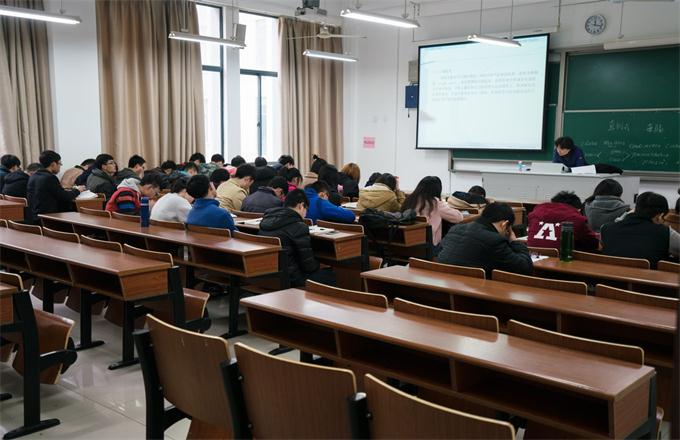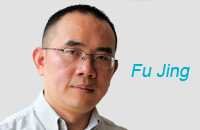Solar power has sunny prospects
 |
|
Workers install solar panels at a photovoltaic power station in Weining, Guizhou province. [Photo provided to China Daily] |
Almost all forecasters paint a gloomy picture for sales of solar panels and associated hardware this year. But in the medium and long term, solar energy's prospects are as bright as the sun.
The three main factors making solar energy's future bright are the explosive growth in electric car sales, sharp drop in battery costs and switch from centralized generation to distributed generation in many countries' power grids.
As the world's top producer of electric cars and solar power equipment China is likely to become the world's leader in this power revolution. Sales of new-energy vehicles (all-electric, plug-in hybrid and fuel-cell) have been increasing more than 50 percent a year since 2010, and the growth shows no sign of slowing down. In China alone (the world's leading market), 517,000 new-energy vehicles were sold last year-more than the figure for the entire world in 2014. And the Chinese government hopes to boost this figure to 2 million by 2020, while Bloomberg New Energy Finance sees electric vehicle sales hitting 41 million (35 percent of the total) by 2040.
China's top three electric carmakers-BYD, Geely and BAIC-sell their vehicles in 30 countries and regions worldwide, and the availability of 70 models makes China the most dynamic electric vehicle market in the world.
The converse-that electric vehicles will remain a minor component of the industry-seems very unlikely as battery prices are in a steep decline and electric vehicles could soon be cheaper than their gasoline-driven counterparts. Lithium-ion batteries remain the power storage industry's workhorse and their price has been falling faster than predicted. There is no convenient index of battery prices but United States power-storage company STEM reported its battery costs had fallen 70 percent between the beginning of 2015 and the middle of last year.
Strong demand created by the sharp increase in electric car numbers and fall in battery prices are boosting the third factor for solar power's bright future-distributed generation. Improvements in networking technology mean the task of controlling tens of thousands (or millions) of small generators and battery sets to ensure smooth supply of power to the utility grid is now achievable-in fact there is a name for systems that do this, virtual power plants.
In a virtual power plant, clients (usually households and small businesses) feed power from their solar panels or batteries into a grid, and draw power from the grid when their own demand exceeds supply.
Power supply through VPPs could bring Alvin Toffler's "prosumer" (a consumer who becomes a producer) into the power business.
Since the three factors of electric cars, low cost storage, and distributed power generation and storage are closely linked, improvements in one benefit the others, forming a virtuous circle of development. For example, two leading electric carmakers-US-based Tesla and China-based BYD-don't just sell cars, but also sell additional storage units and solar panels. Motorists can thus become "prosumers" of their own fuel.
In Europe many utilities have already taken VPPs beyond the experimental, developmental stage; they are using them to deploy the output of many small-scale generators and battery sets. VPP service providers such as Next Kraftwerke gauge their clients' supply and demand, buying power from them at a high price when overall demand is strong, and selling it to them when demand is weak.
The rise of distributed generation could also finally make hydrogen, which for the past 50 years has been the "fuel of the future", the fuel of the present. Hydrogen fuel-cell cars remain a niche product because no country wants to face the daunting task of creating a hydrogen infrastructure. With distributed generation, however, setting up thousands of small-scale hydrogen generation, storage and fuelling plants that can use surplus power to split water and create hydrogen will be relatively straightforward.
Widespread availability of hydrogen fuel would in turn encourage carmakers to produce affordable models.
Demand for power to create hydrogen (an intermittent demand; water electrolysis machines can be set to run only when power is cheap) could be yet another driver of solar generator sales in the long term.
The author is an editor with China Daily Hong Kong Edition.
edward@chinadailyhk.com





















